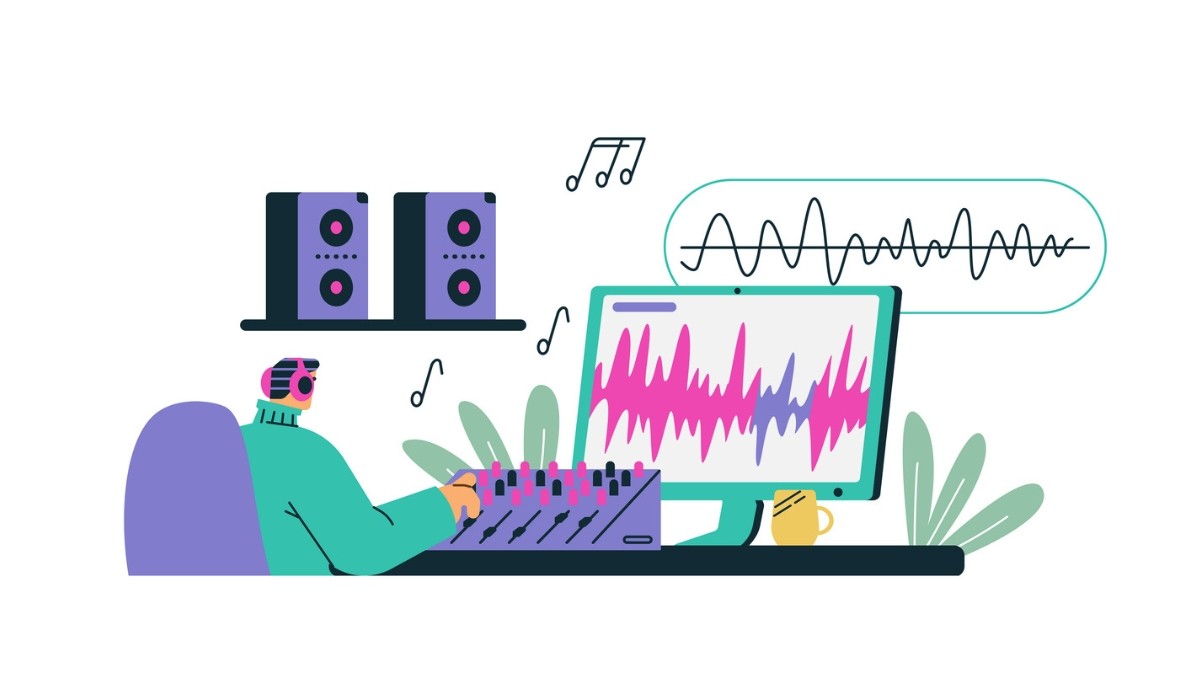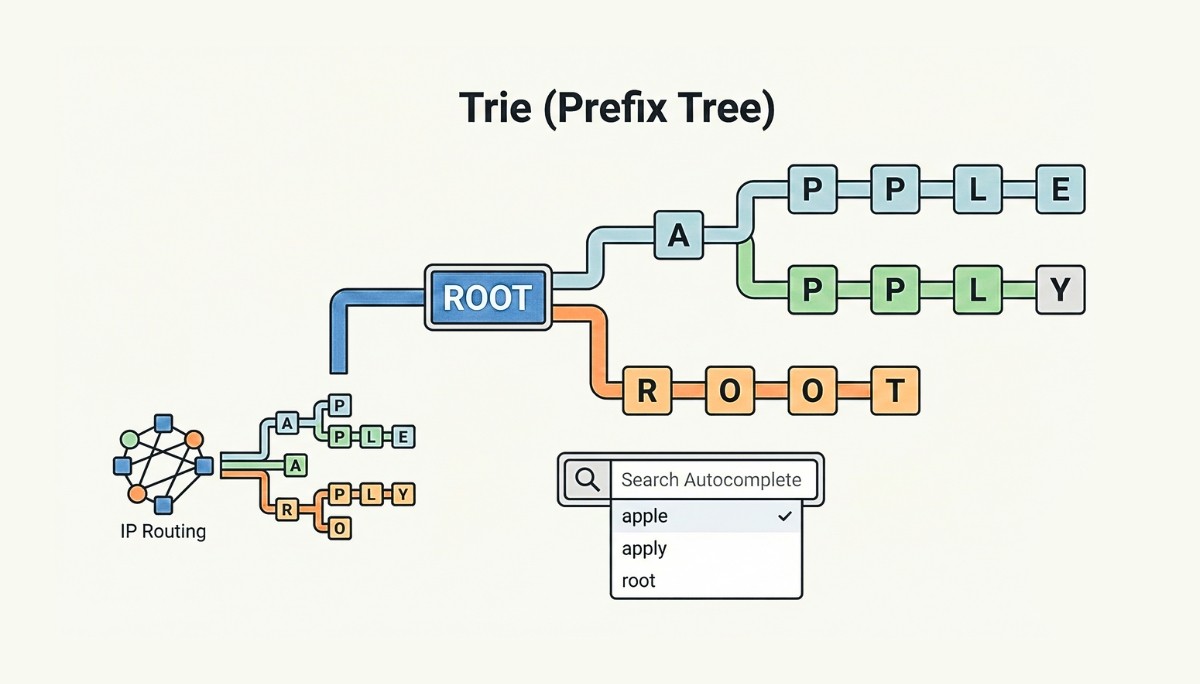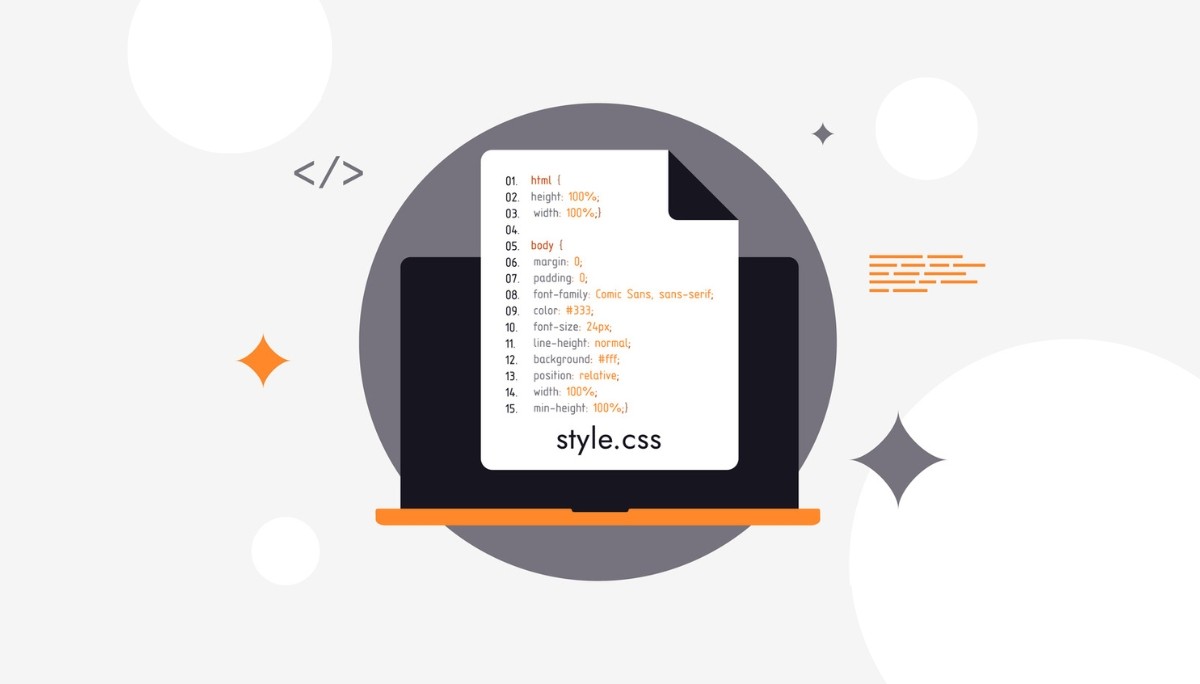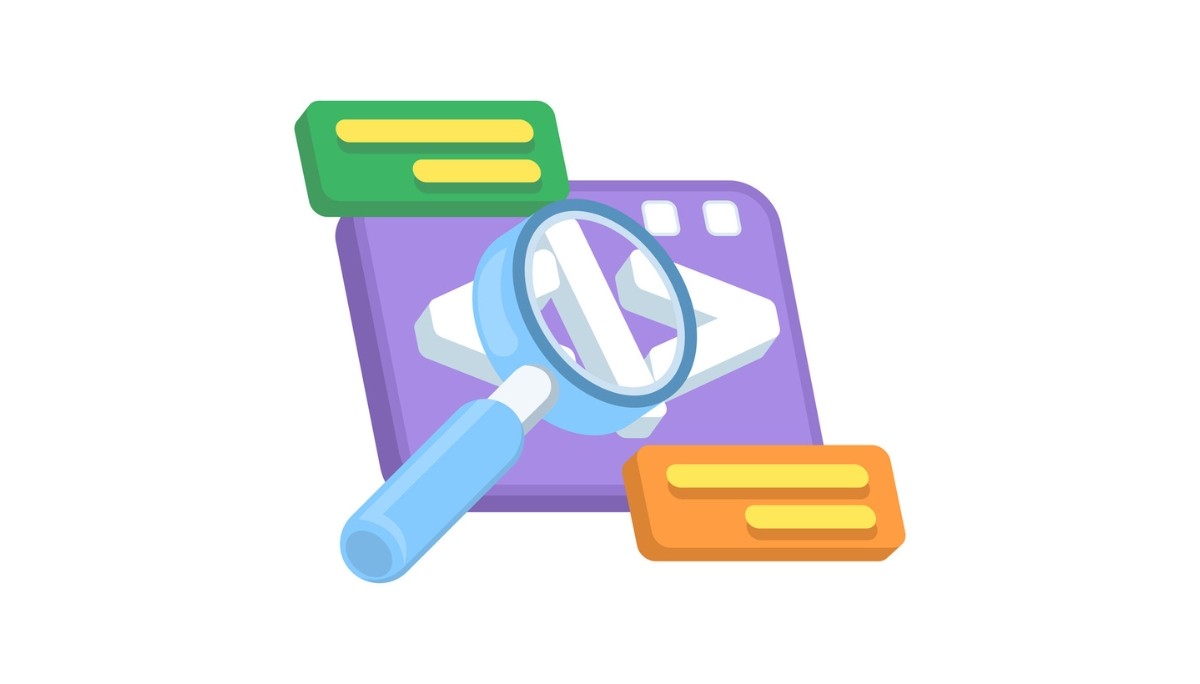Solo vs Pair Programming: When Two Developers Are Worth the Investment
By
Liz Fujiwara
•
Sep 15, 2025
Pair programming is a collaborative software development technique where two developers work together at a single workstation on the same task. One developer, often called the “driver,” writes the code, while the other, known as the “navigator,” reviews each line, provides guidance, and thinks strategically about the overall design. This dynamic approach not only enhances code quality but also fosters knowledge sharing, accelerates problem-solving, and encourages best practices in software development. In this article, we will explore how pair programming works, discuss its key benefits and potential challenges, and provide guidance on determining whether this approach is a good fit for your development team. By the end, you will gain a comprehensive understanding of how pair programming can impact productivity, collaboration, and software quality.
Key Takeaways
Pair programming improves code quality and accelerates learning through continuous collaboration and feedback between the driver and navigator.
Selecting effective pair programming partners with complementary skills enhances problem-solving and accelerates skill development, particularly for junior developers.
While pair programming offers significant benefits, it may initially reduce productivity and increase costs. Therefore, it is essential to evaluate its suitability based on project requirements and team dynamics.
Understanding Pair Programming

Pair programming involves two developers collaborating closely on coding tasks. In this method, two programmers share a workstation: one writes the code as the driver, while the other, the navigator, provides strategic guidance. The collaborative nature of pair programming fosters an environment where ideas are continuously evaluated and discussed before implementation.
Dividing the roles in pair programming increases productivity by allowing each programmer to focus on specific aspects of the task. The driver can concentrate on writing the code, while the navigator ensures that the code follows best practices and addresses potential issues. This ongoing feedback loop improves code quality and accelerates the learning process for both programmers.
Moreover, pair programming facilitates:
Immediate knowledge sharing and problem-solving.
Collaboration that allows developers to leverage each other’s strengths and fill in knowledge gaps, resulting in more maintainable code.
Retaining greater context on the code, as both programmers are involved in the decision-making process from start to finish.
How Pair Programming Works
Pair programming maximizes collaboration and code quality through continuous communication between the driver and the navigator. The driver writes the code, while the navigator reviews it in real time, providing strategic direction and identifying potential issues. This setup ensures constant evaluation of the code, leading to fewer bugs and higher-quality output.
Swapping roles frequently keeps both developers engaged and leverages their unique skills. This practice not only makes sessions more dynamic but also ensures that both developers gain a comprehensive understanding of the entire codebase. Known as “programming out loud,” it requires the driver to articulate their thought process, improving collaboration.
The success of pair programming heavily relies on real-time interaction and seamless idea sharing among programmers. This dynamic engagement leads to more innovative solutions and a deeper understanding of the code. Together, the programmers create a robust framework for continuous improvement and learning.
Effective Pair Programming Partners
Selecting the right pair programming partners maximizes the technique’s benefits. Ideally, partners should possess unique knowledge, experience, and perspectives that complement each other. Diverse pairings enable a richer exchange of ideas and more effective problem-solving. For example, pairing a senior developer with a junior developer or less experienced team member can be highly beneficial, as the junior developer can quickly acquire new skills and techniques from their more experienced counterparts.
Pair programming also offers significant learning opportunities. By working closely with someone who has different strengths and experiences, developers can fill knowledge gaps and enhance their overall skill set. This environment accelerates learning, fosters continuous learning, and promotes mutual respect.
Benefits of Pair Programming

The benefits of pair programming extend far beyond simply writing code. This collaborative approach enhances code quality, accelerates learning, and improves problem-solving capabilities. By sharing the workload and continuously reviewing each other’s work, developers produce more robust and maintainable code.
Pair programming can transform software development through improved code quality, faster learning, and stronger problem-solving skills. This impact is particularly evident in modern practices such as extreme programming, mob programming, and other collaborative pair programming models.
Enhanced Code Quality
Pair programming significantly improves code quality through continuous review and discussion. As the driver writes the code, the navigator provides immediate feedback, ensuring that potential issues are identified and addressed early. This real-time oversight reduces the likelihood of bugs making it into the final product and leads to cleaner, more maintainable code, ultimately supporting comprehensive test coverage.
Working in pairs also helps maintain adherence to coding standards and best practices. The collaborative nature of pair programming ensures that both developers continually learn from each other, uphold high coding standards, and produce higher-quality code. This ongoing loop of improvement results in a more polished and reliable software product, where developers work effectively together to ensure quality assurance.
Accelerated Learning and Knowledge Sharing
A significant advantage of pair programming is its facilitation of accelerated learning and knowledge sharing. Junior developers particularly benefit by observing and emulating their more experienced partners’ coding practices. This “tour guide” approach fosters mutual learning and skill development.
Documenting the discussions and decisions made during pair programming sessions can further enhance knowledge sharing within the team. By keeping a record of these interactions, teams can create a valuable knowledge base for future projects. These established practices not only aid in knowledge retention but also ensure that best practices are consistently followed across the team, allowing members to share knowledge effectively.
Better Problem-Solving and Focus
Pair programming fosters better problem-solving and focus by leveraging the diverse perspectives and skills of both developers. Different viewpoints often lead to more innovative and elegant solutions. This collaborative environment encourages developers to think creatively and explore solutions they might not have considered on their own.
The social commitment between pair programming partners also plays a crucial role in maintaining focus and motivation. Developers are more likely to stay engaged, knowing their partner relies on them to remain actively involved and attentive. Benefits of pair programming also include higher-quality work and more effective problem-solving.
Challenges and Drawbacks of Pair Programming

Despite its numerous benefits, pair programming has its challenges. One of the most significant drawbacks is the initial drop in productivity, as two individuals must coordinate and communicate their approaches. This coordination can slow project progress in the early stages, though efficiency typically improves as the pair becomes more accustomed to working together.
Another challenge is the increased cost associated with assigning two developers to a single task. While this approach can lead to higher-quality code and fewer potential bugs, it does not mean projects will progress twice as fast. This can result in higher costs, particularly for projects with tight budgets. Weighing the benefits against the costs is essential before implementing pair programming.
Sustaining continuous pair programming can also be difficult. Limiting sessions to approximately 2 to 2.5 hours helps prevent mental fatigue and maintain productivity. Additionally, mutual respect between partners is crucial for fostering a positive and productive working relationship. Without it, the collaborative nature of pair programming can quickly become a source of frustration and conflict.
Without it, the collaborative nature of pair programming can quickly become a source of frustration and conflict.
Different Styles of Pair Programming

Pair programming is not a one-size-fits-all approach; it encompasses various styles tailored to specific team dynamics and tasks. One popular style is Ping Pong pairing, where one developer writes tests while the other works to make the tests pass, frequently alternating roles. This method keeps both developers engaged and ensures continuous code review, aligning well with test-driven development.
In Strong-style pairing, one partner focuses on coding while the other provides critical feedback on design and complex problems, effectively leveraging two brains. This approach is particularly effective for tackling issues that require deep concentration and strategic thinking.
The Backseat Navigator style has one developer directing the process without coding, relying on their partner’s expertise to implement solutions.
Unstructured pairing allows roles to change flexibly as suited to the developers. This free-flowing method is typically effective for well-matched pairs who can seamlessly switch between roles without disrupting the workflow.
Successful pair programming hinges on adapting the approach to fit the team’s specific needs and dynamics.
Best Practices for Successful Pair Programming

Following best practices is crucial for effective pair programming. Clearly defining the roles of driver and navigator is essential, as it helps maintain focus and ensures that both developers understand their responsibilities during the session. Setting clear goals and manageable tasks further supports focus and productivity, serving as a model for effective teamwork.
Open and active communication is vital for idea sharing and reducing misunderstandings. Regular code discussions and immediate feedback help identify improvements and ensure high-quality output. Tools such as Zoom and Microsoft Teams, which support video conferencing and screen sharing, are commonly used in remote pair programming to enhance communication and visibility.
Taking regular breaks helps prevent mental fatigue and keeps both participants productive. Additionally, the physical workspace arrangement can influence the effectiveness of pair programming. A comfortable, distraction-free environment significantly enhances collaboration and productivity.
Tools for Effective Pair Programming
Various tools enhance pair programming by facilitating real-time collaboration and communication. IDEs such as Visual Studio Code and JetBrains offer extensions for real-time collaboration, making it easier for teams to work on the same codebase. These tools provide features like shared cursors, synchronized editing, and integrated chat, all of which are essential for effective pair programming.
Web-based platforms such as GitHub Codespaces allow developers to collaborate in a shared environment, streamlining pair programming efforts. Project management tools like Trello and Jira support pair programming by organizing tasks and facilitating communication. By leveraging these tools, teams can improve collaboration and productivity during pair programming sessions.
Solo vs Pair Programming: When Two Developers Are Worth the Investment
Choosing between solo and pair programming depends on project needs, team composition, and developers’ skill levels.
Solo programming allows developers to work independently, giving them complete control over their tasks and decisions. However, it may lead to missed insights and increased errors due to the lack of peer review and collaboration.
On the other hand, pair programming offers numerous benefits, including enhanced code quality, accelerated learning, and improved problem-solving capabilities. It also presents challenges, such as potential distractions and the need for mutual respect between partners. Additionally, a mismatch in working pace can cause frustration and inefficiency.
Ultimately, the choice should align with project requirements and team dynamics. Tasks requiring high creativity and problem-solving may benefit more from pair programming, while tasks demanding deep concentration and minimal interruptions might be better suited for solo programming.
Introducing Fonzi: The Smart Way to Hire Elite AI Engineers
Fonzi is a curated AI engineering talent marketplace that connects companies with top-tier, pre-vetted AI engineers through its recurring hiring event, Match Day. The platform streamlines the hiring process by offering a pool of candidates with relevant real-world experience for technical roles. Companies benefit from a faster, more efficient hiring process, with most hires occurring within three weeks.
Fonzi supports both early-stage startups and large enterprises, from the first AI hire to the 10,000th. By providing high-signal, structured evaluations with built-in fraud detection and bias auditing, Fonzi ensures that companies are matched with the best possible candidates. This approach makes recruiting fast, consistent, and scalable while maintaining a positive and professional candidate experience.
Summary
Pair programming offers a range of benefits, including improved code quality, accelerated learning, and improved problem-solving and focus. By pairing two developers, it leverages their unique skills and perspectives, fostering a collaborative environment that produces higher-quality output. However, it also presents challenges, such as initial drops in productivity and increased costs, making it essential to carefully weigh the pros and cons.
Ultimately, the choice between solo and pair programming should depend on the project’s specific needs and the team’s dynamics. Whether you choose the independence of solo programming or the collaborative strengths of pair programming, understanding these methodologies can greatly influence the success of your software development efforts.




